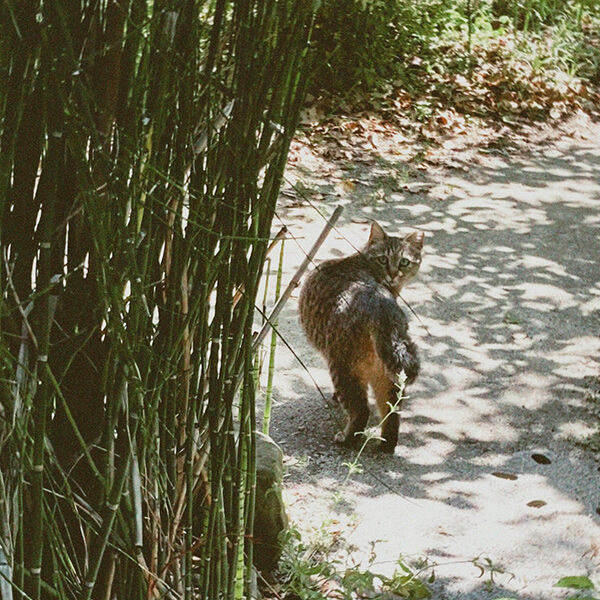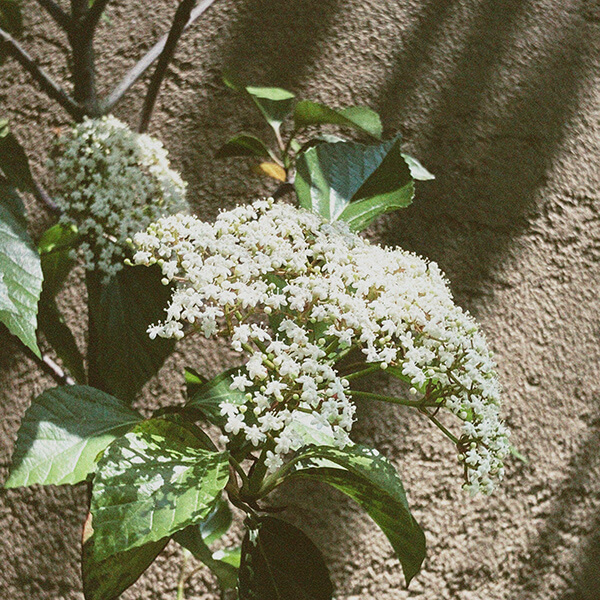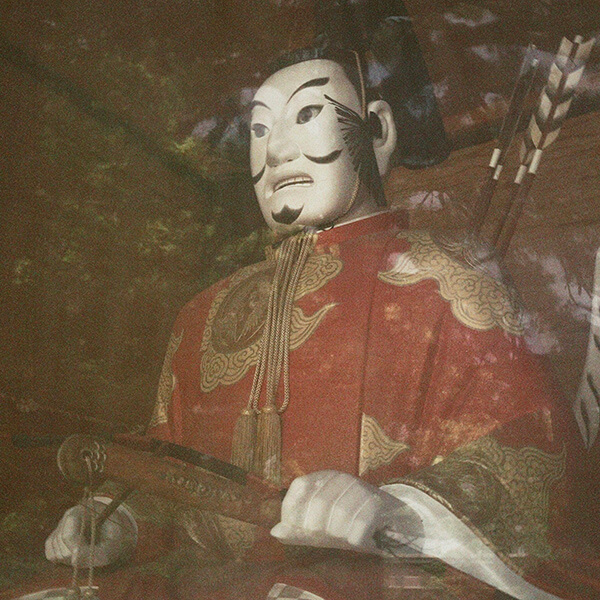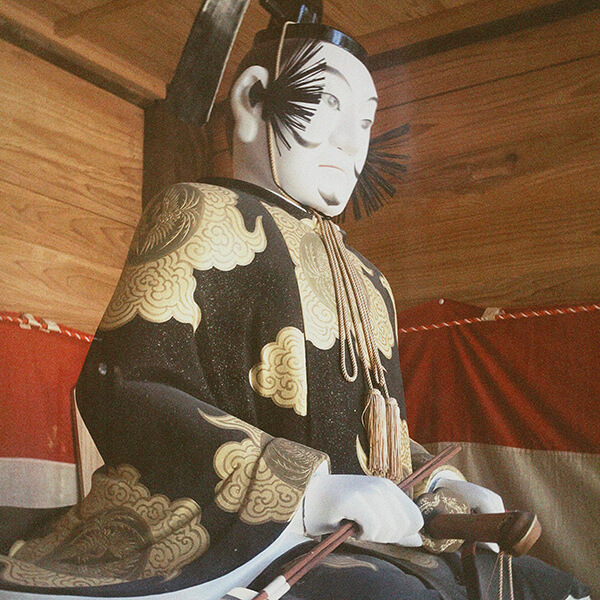Explore
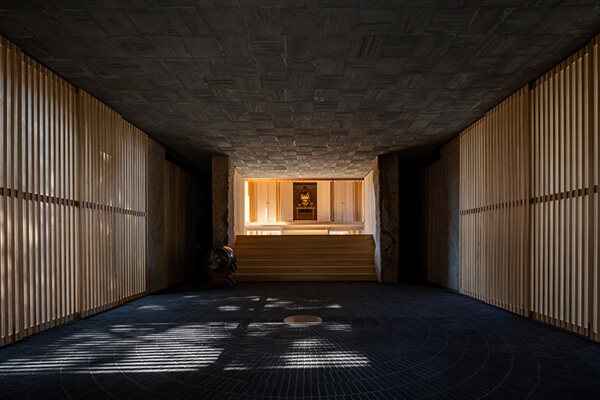
What comes to mind
when you hear “Shinto”?
In Shinto, deities exist everywhere, including within the 1,000-year-old palm tree,
which symbolizes the shrine’s longevity, and the sacred gate as well.
Exploring the shrine will be a completely new experience.
Don’t worry about manners and rules—just enjoy discovering Shinto shrines.

Currently, Torikai Hachimangu Shrine is working on a project called ‘Sengu’ (a relocation of the shrine building).
Through this project, we have already rebuilt the main sanctuary and maintained the approach.
Over the next year, we are planning further enhancements to the approach and the reconstruction of a Kagura hall.
Guide
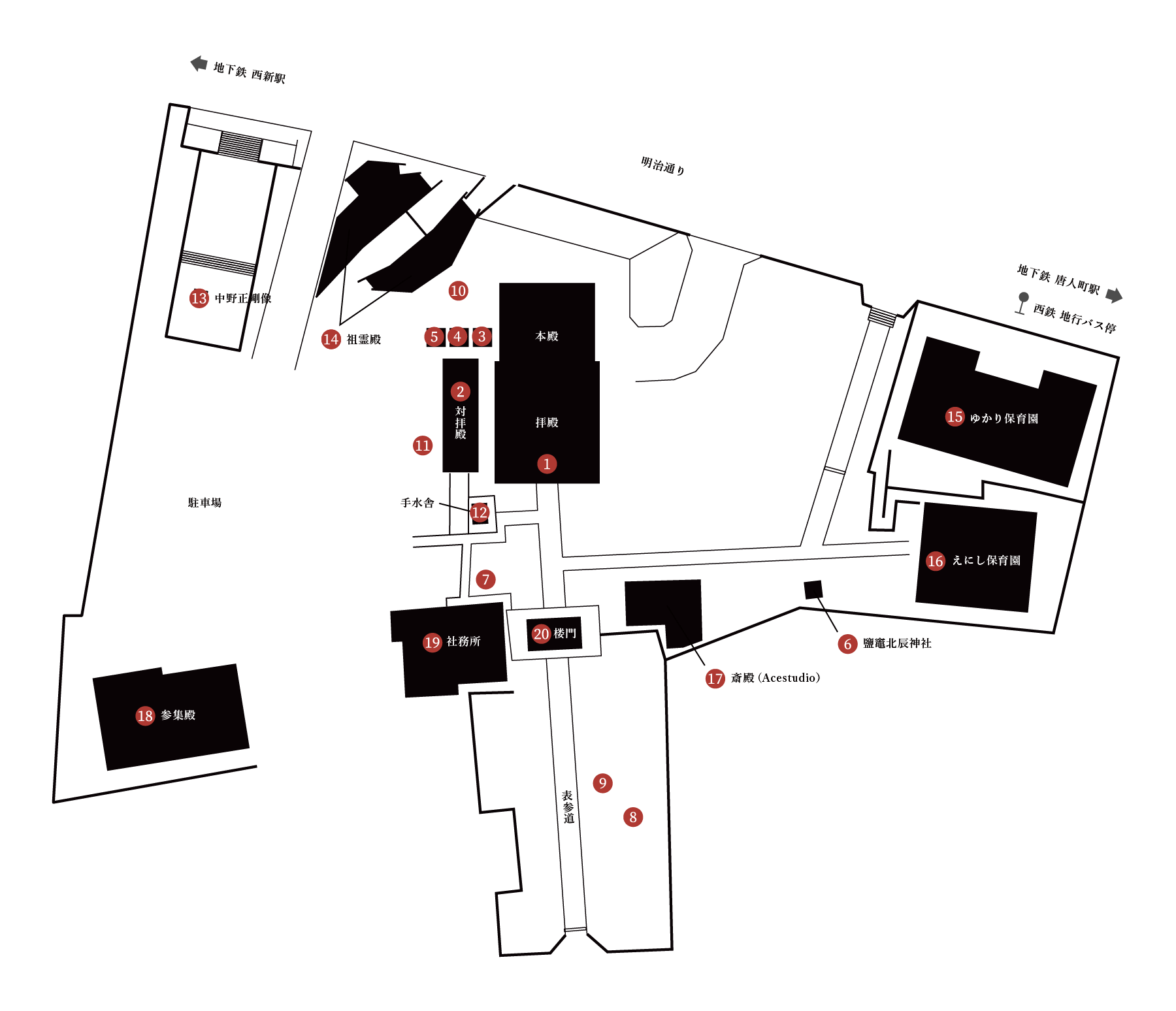
-
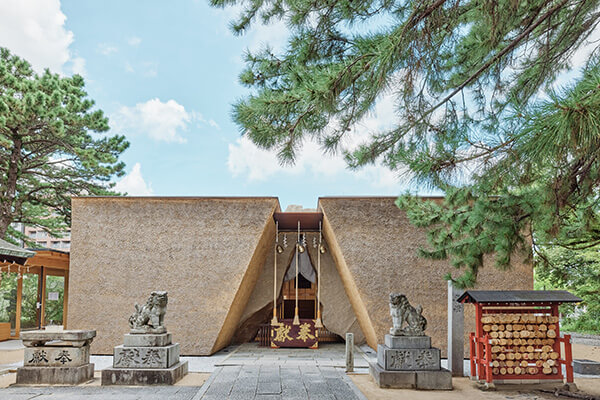
1
The Main Sanctuary
(Honden)
The Main Sanctuary (Honden)
A main hall, where the priests offer prayers to the deities and hold some dedication festivals. The current hall was constructed in December 2022.
-
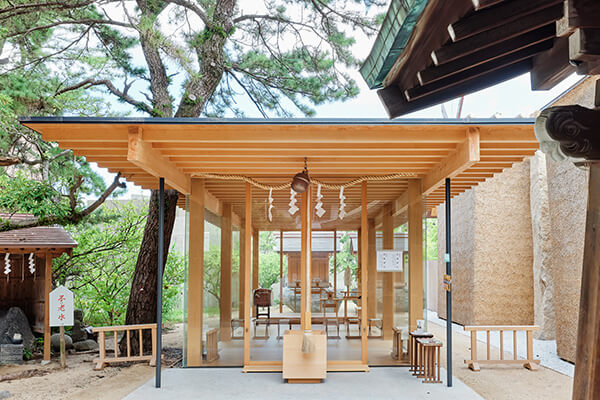
2
Hikari-no-miya

Hikari-no-miya
The hall for three minor shirines. You can also offer prayers here. This building has won several architecture awards.
-
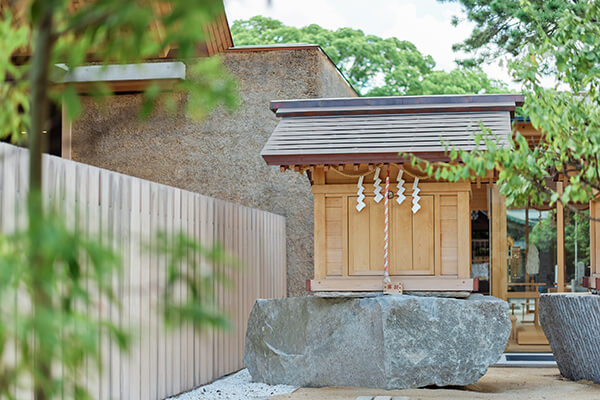
3
Tenmangu Shrine

Tenmangu Shrine
One of our minor shrines.
Enshrining Sugawara Michizane, or Tenjin, a deity of learning, culture, and the arts. -
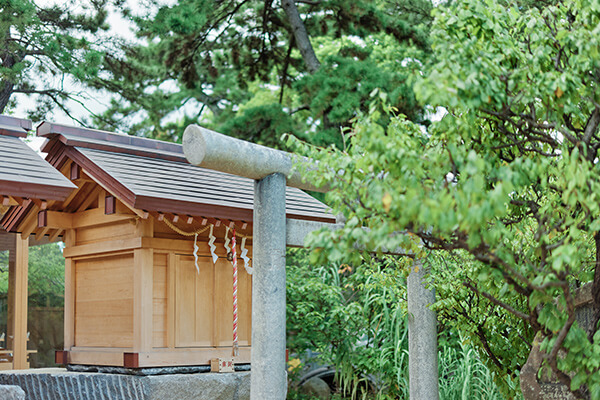
4
Kuroden Shrine

Kuroden Shrine
One of our minor shrines.
Enshrining a legendary deity of longevity who is said that had lived for 400 years. The ancestor who founded Torikai Hachimangu 1800 years ago is also enshrined. -
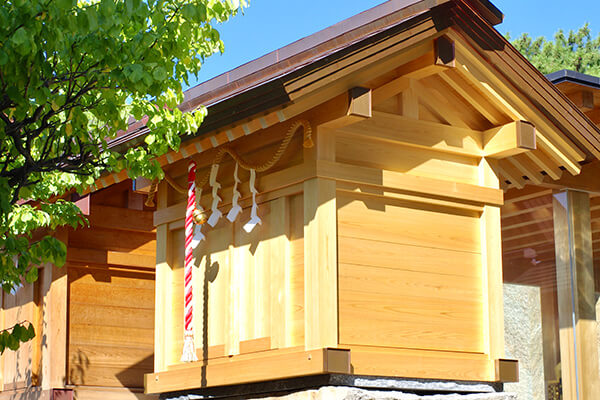
5
Ebisu Shrine

Ebisu Shrine
One of our minor shrines.
Enshrining a deity of prosperous business, and a deity of beauty. -
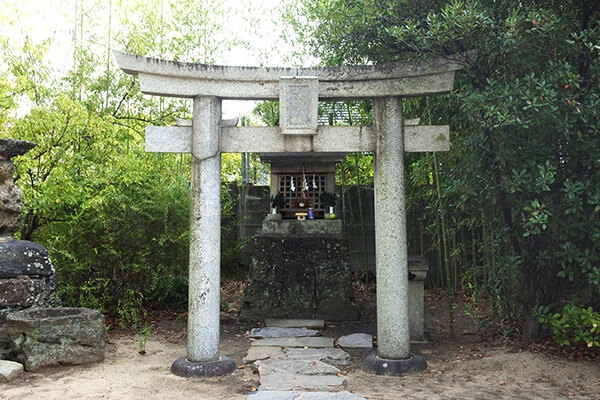
6
Shiogama-Hokushin Shrine

Shiogama-Hokushin Shrine
One of our minor shrines.
Enshrining several deities of martial arts and food. -
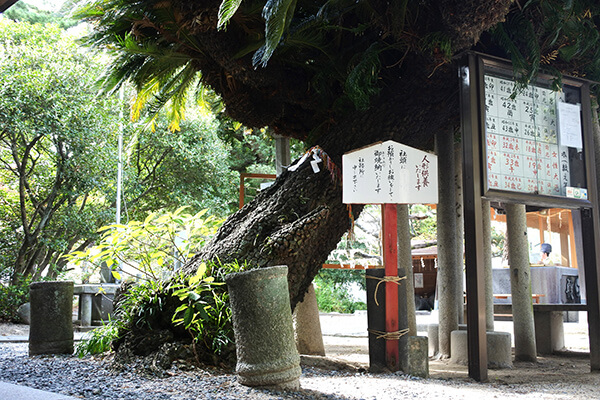
7
1000-year-old Palm Tree
(Sen-nen Sotetsu)
1000-year-old Palm Tree (Sen-nen Sotetsu)
One of the sacred trees. It is said that has lived over 1000 years and been cherished for its blessing of longevity.
-
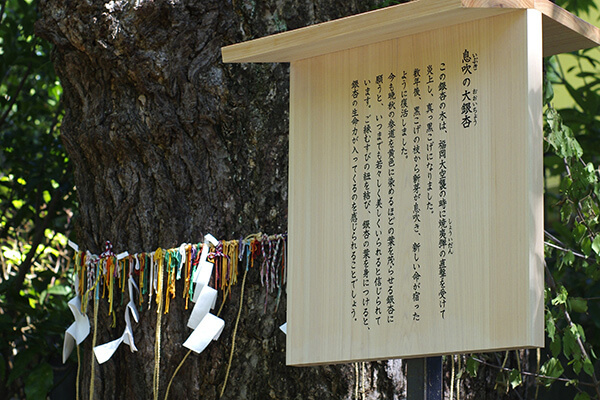
8
Great Ginkgo Tree
(Oo-Icho)
Great Ginkgo Tree (Oo-Icho)
This tree once got all burned because of the bomb attacks during the Greater East Asian War. After few years, the new brunches grown from the burnt tree and it grew beautifully again. People cherish this tree as a symbol of growth.
-

9
Camphor Tree
(Meoto-gusu)
Camphor Tree (Meoto-gusu)
One of the sacred trees. It is a tree of matchmaking. This tree has two main trunks and it’s been cherished for better relationships since it looks like two trunks snuggling each other like a couple.
-
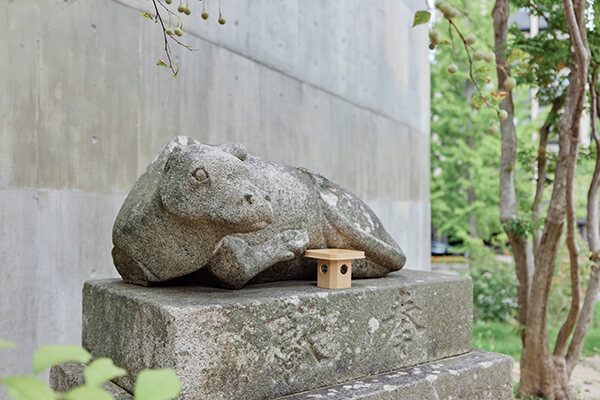
10
A Cow Statue
(Nade-Ushi)
A Cow Statue (Nade-Ushi)
It is said that petting the statue will improve your medical condition. Pet the same part of your body on the cow statue.
-
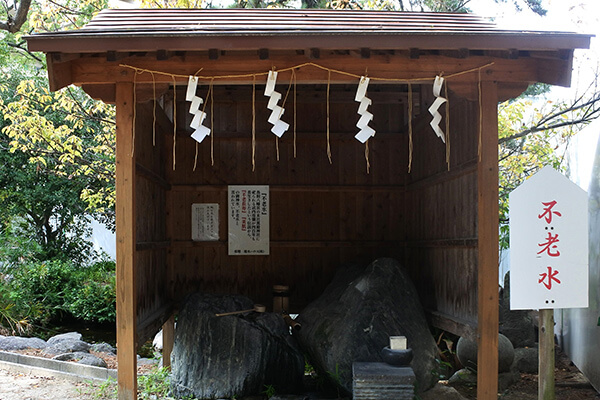
11
Sacred Water
(Furo Sui)
Sacred Water (Furo Sui)
It is said that drinking this water will make you live longer and healthier. It’s named after Sukune Takenouchi who is said to have lived over 400 years. It’s passed the quality check.
-
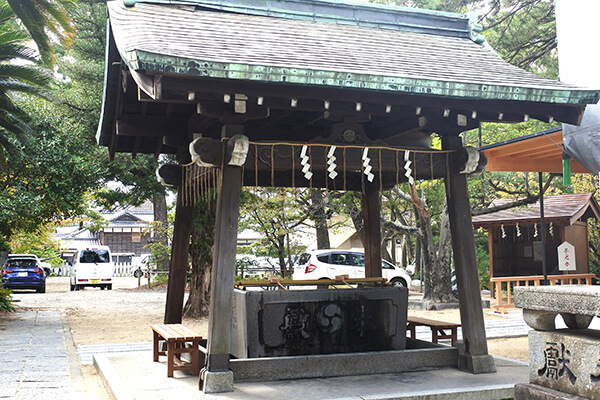
12
Purification Font
(Temizusha) -
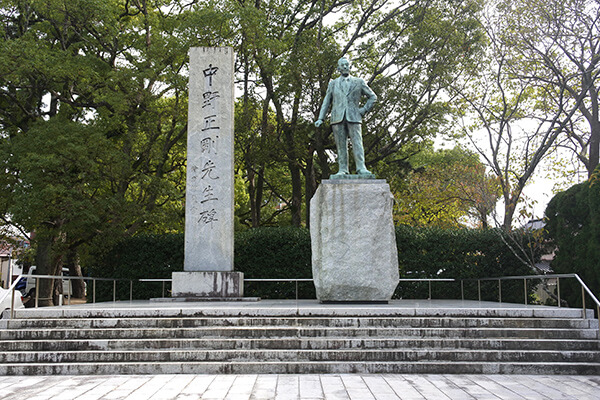
13
Seigo Nakano Statue

Seigo Nakano Statue
A statue of Seigo Nakano who worked as a politician through Taisho to Showa period. He built Shinbukan(A facility for martial arts) in the shrine.(It has been already demolished.)
-
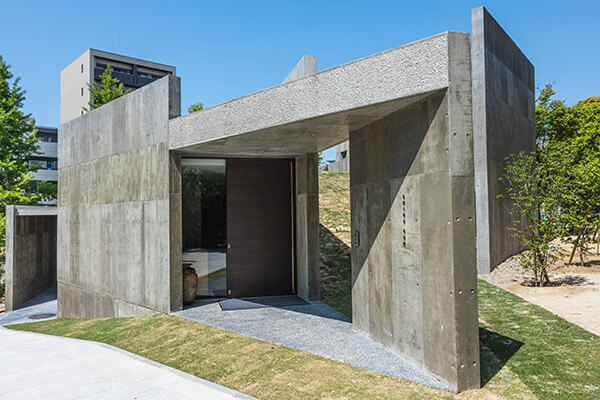
14
Sorei-den
(Noukotsudou)
Sorei-den (Noukotsudou)
A Shinto style columbarium facility. It was given Good Design Award 2021.
-
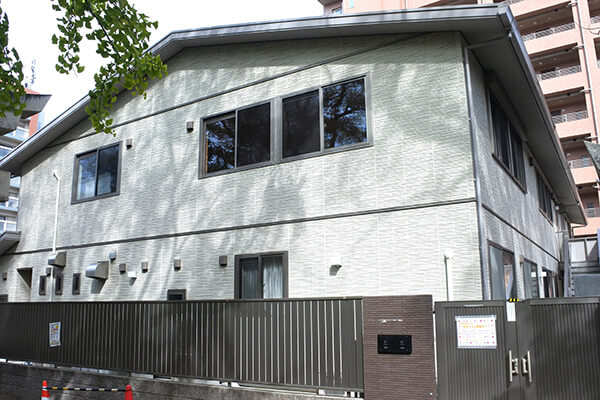
15
Yukari Daycare
(Yukari Hoikuen) -
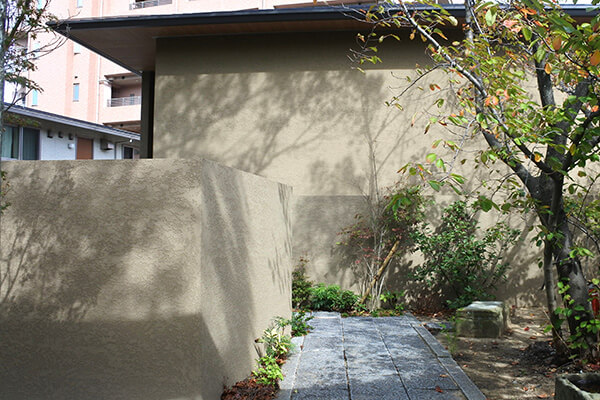
16
Enishi Infant Daycare
(Enishi Hoikuen) -
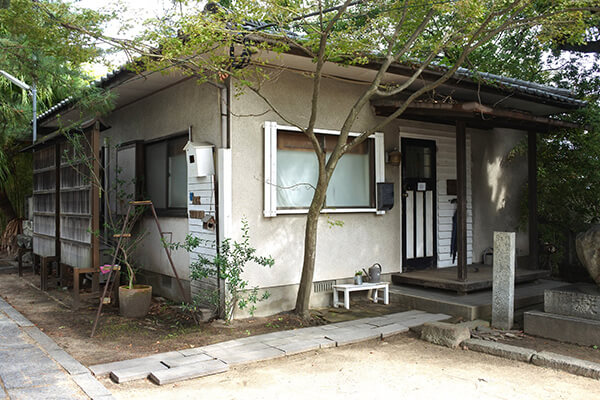
17
Ace Studio
-
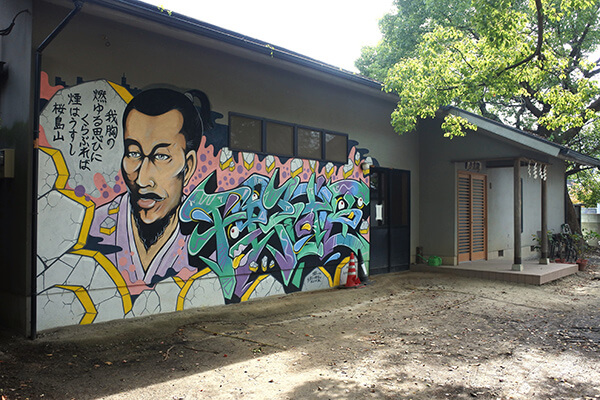
18
Sanshu-den

Sanshu-den
A rental space. Kokonoe-beya, a Sumo team, have training in here every Kyushu Akibasho season.
-
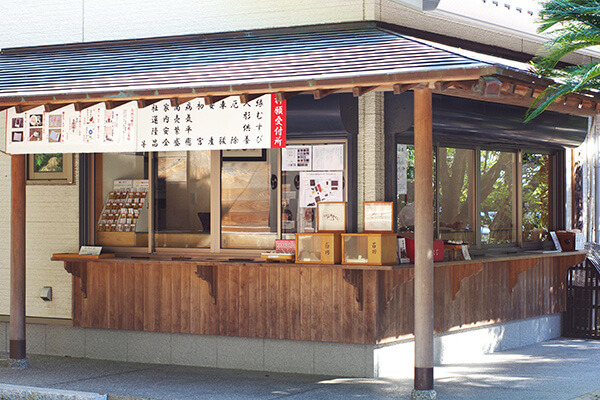
19
The Office
(Shamusho) -
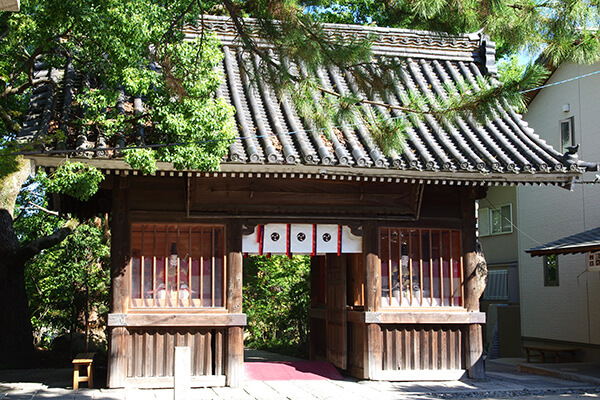
20
Sacred Gate
(Ro-mon)
Manners of worship
How to purify
What to do when you visit a Shinto shrine? It is a sacred place for praying, you must do a purification ritual before playing to Deities. Follow the manners and enjoy the whole experience.
-
At the Temizusha, the purification font
- Take one of the ladles with your right hand, and scoop up water in a ladle with your right hand.
- Pour water first on your left.
- Grab the ladle with your left hand and cleanse your right hand.
- Switch the ladle back to your right hand, pour water into your left to rinse your mouth. Finally spit it out beside the fountain (Do not touch the ladle to your mouth.)
-
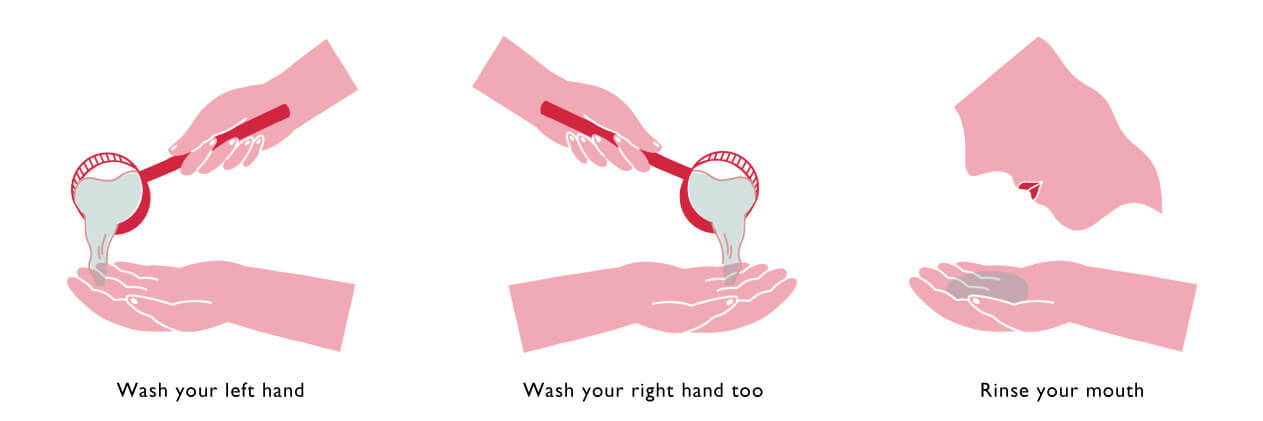
-
At the main hall
- Make a bow.
- Throw money (bills/coins) into the offering box and ring the bell to greet the deities.
- Bow twice deeply.
- Clap your hands twice and say a prayer.
- Make a bow.
-
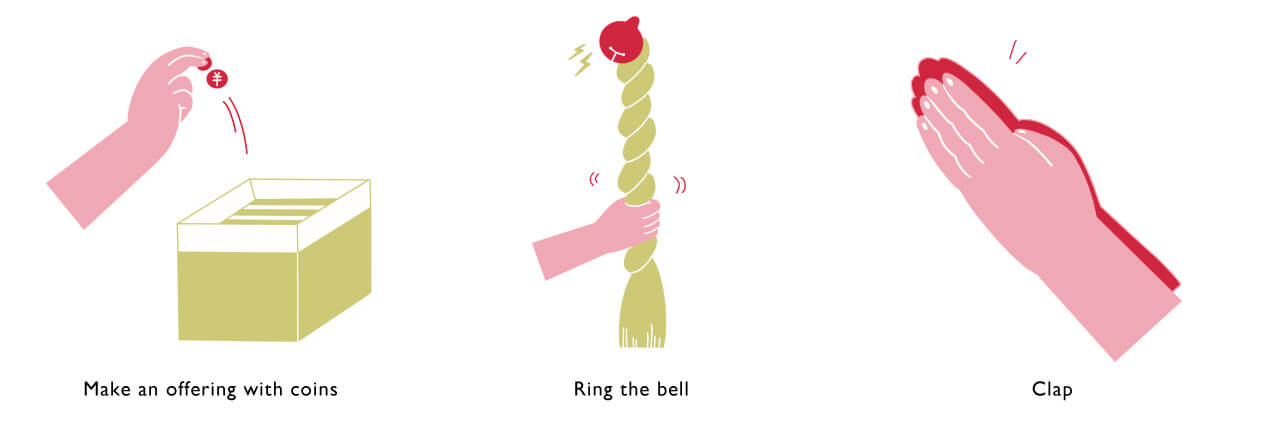
Amulets
After offering a prayer, visitors can get amulets for further blessing. Omamori, Ofuda, Ema, Mikuji, Goshuin are available at the office.
-
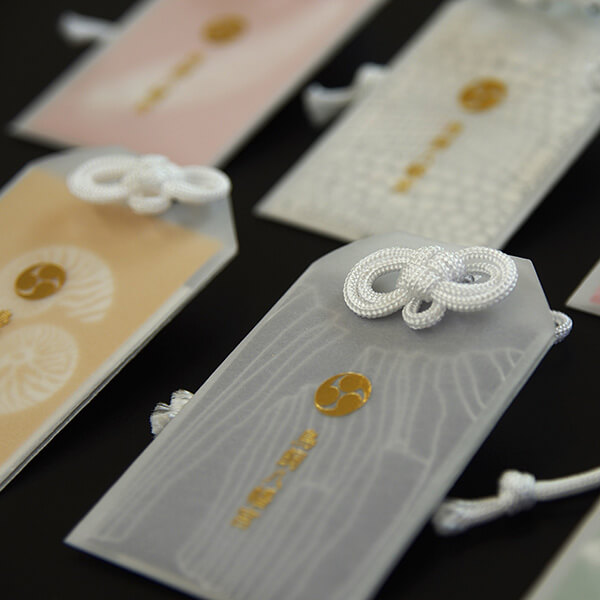
Omamori
1,000 yen
Lucky charms for each wishes. (For good luck, health, protection, safe travel, good relationship, etc…)
-
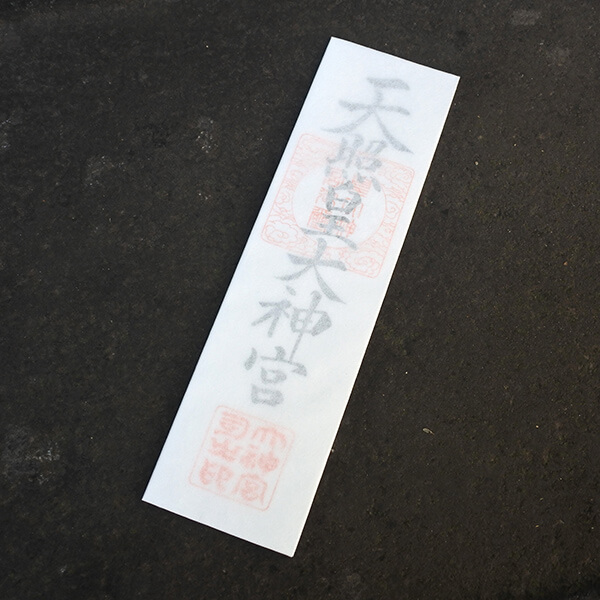
Ofuda
1,000 yen
An amulet from Ise Jingu and is blessed to bring safety and happiness to the household.
-
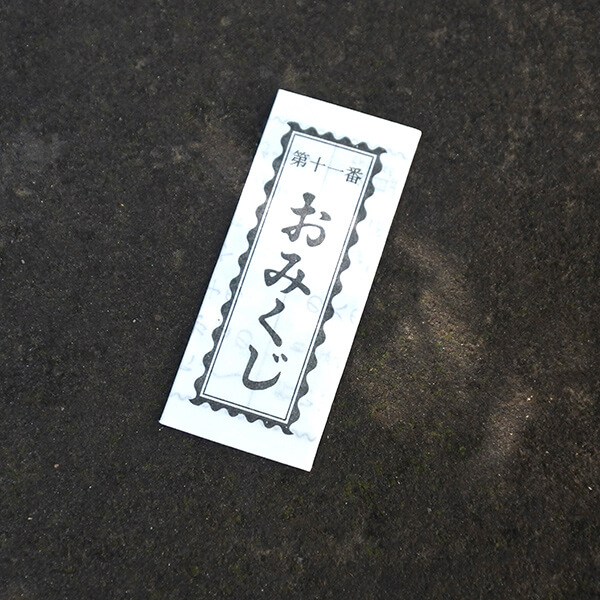
Omikuji
100 yen
Fortune slips. You can read your fortune with the words on it.
-
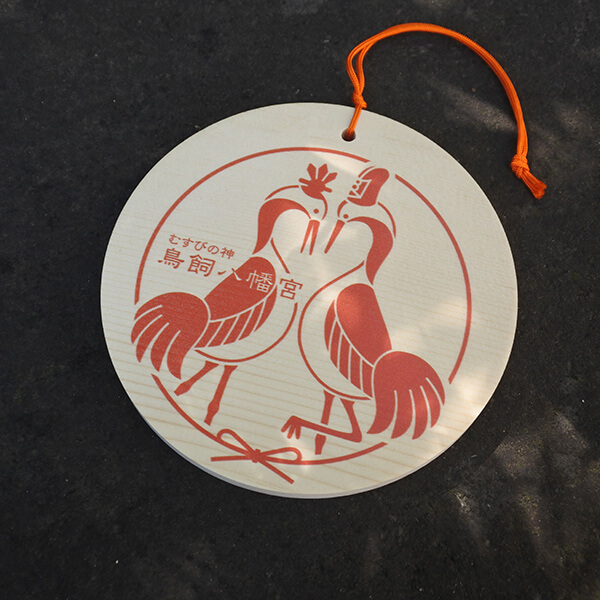
Ema
1,000 yen
Ema plaque for making a wish. Write down your wish on it and you leave it in shrine to dedicate it to the deity.
-
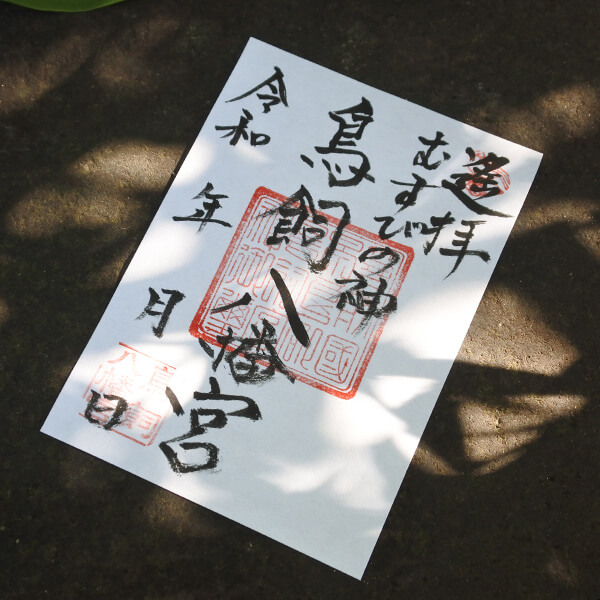
Goshuin
500 yen ~
Red stamps handwritten by priests.
It's a certificate of the visit to the shrine. We have seasonal /special designs. Please come visit our office to check all the designs.
Directions
Torikai hachimang
- Address
- 2-1-17 Imagawa, Chuo-ku, Fukuoka City, Fukuoka
Zip Code: 810-0054
- Office Hours
- 9:00 a.m. - 5:00 p.m.
Open all-year-round
- Phone Number
- +81-92-741-7823
Public Transportations
Fukuoka City Subway

Hakata station → Toujinmachi station (10 minutes)
Fukuoka Airport station → Toujinmachi station (15 minutes)
→ 6 minutes walk from Exit #5 of Tojinmachi Station
*Nishitetsu Bus is also available in Fukuoka city.
Explore all neighborhoods
- ・Fukuoka City Museum (15 minutes)
- ・Ohori park (10 minutes)
- ・Fukuoka Tower (20 minutes)
- ・FUKUOKA PayPay Dome (15 minutes)
(*By walk from Torikai hachimangu.)
Information

Inquiry Form
Please click here to contact us by email.




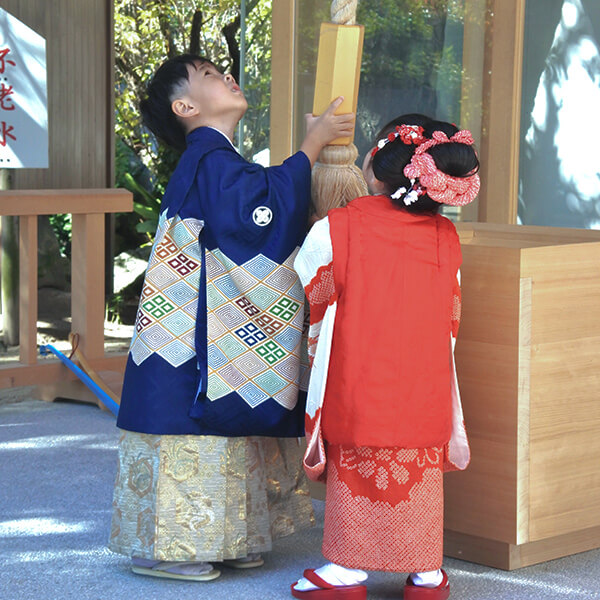
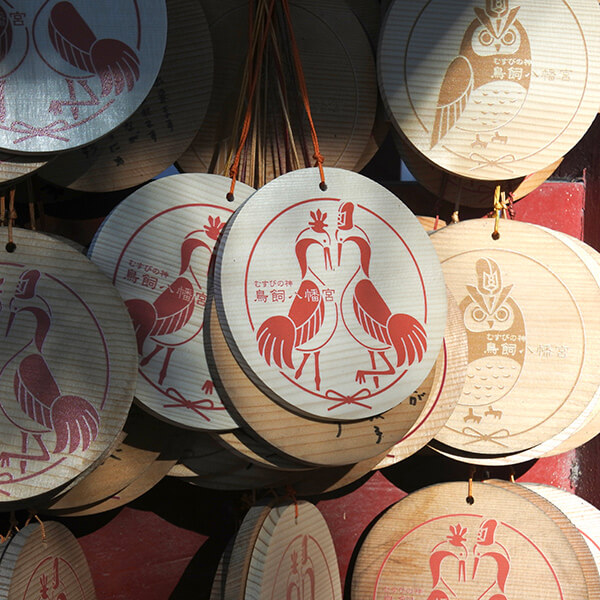
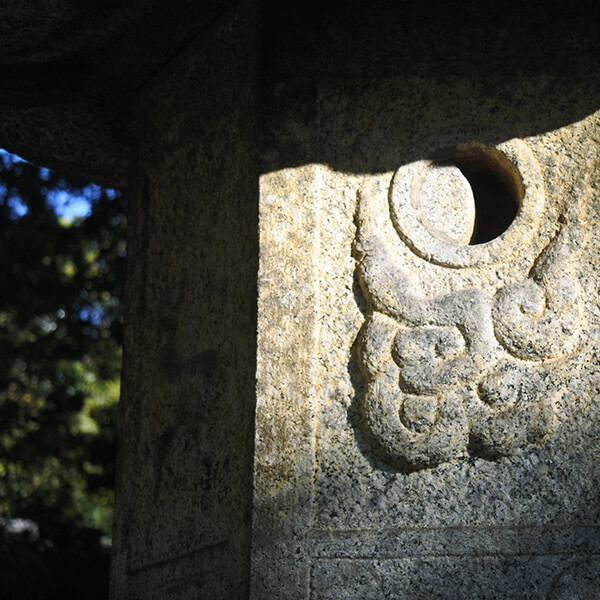
 CLOSE
CLOSE
